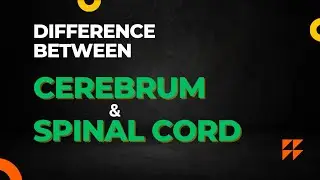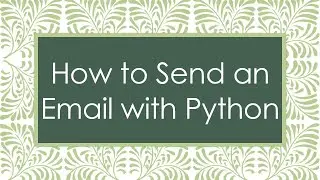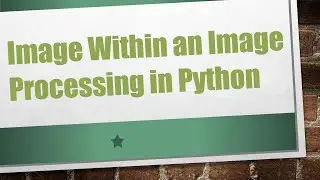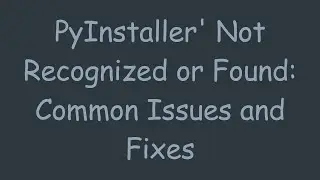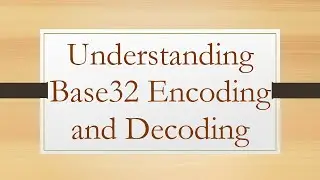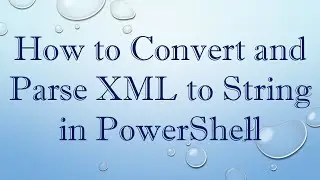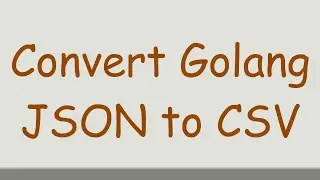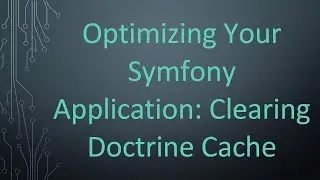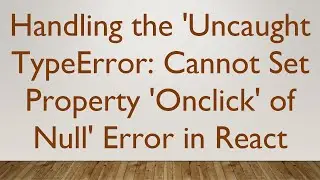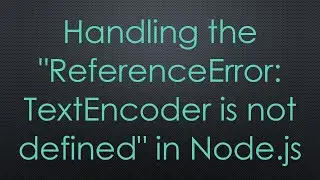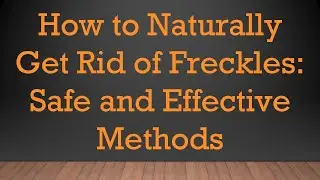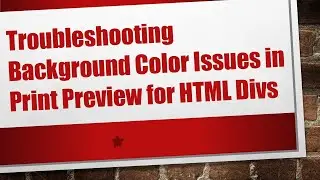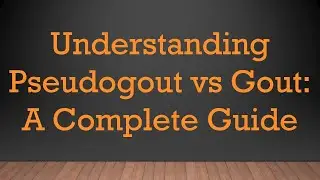How to Pass Button ID as an Argument in Google Apps Script Functions
Learn how to enhance your Google Apps Script by passing button IDs as arguments to functions, enabling dynamic behavior based on user interaction.
---
This video is based on the question https://stackoverflow.com/q/73252903/ asked by the user 'alsanmph' ( https://stackoverflow.com/u/19617928/ ) and on the answer https://stackoverflow.com/a/73261770/ provided by the user 'Wicket' ( https://stackoverflow.com/u/1595451/ ) at 'Stack Overflow' website. Thanks to these great users and Stackexchange community for their contributions.
Visit these links for original content and any more details, such as alternate solutions, latest updates/developments on topic, comments, revision history etc. For example, the original title of the Question was: Pass Button ID as argument in the executed function in Apps Script
Also, Content (except music) licensed under CC BY-SA https://meta.stackexchange.com/help/l...
The original Question post is licensed under the 'CC BY-SA 4.0' ( https://creativecommons.org/licenses/... ) license, and the original Answer post is licensed under the 'CC BY-SA 4.0' ( https://creativecommons.org/licenses/... ) license.
If anything seems off to you, please feel free to write me at vlogize [AT] gmail [DOT] com.
---
How to Pass Button ID as an Argument in Google Apps Script Functions
In the world of web applications, user interaction often drives functionality. One common scenario you may face when scripting for Google Apps is the need to pass button IDs as arguments in functions. This allows for more dynamic responses based on which button the user clicks. In this guide, we'll tackle a specific problem: how to correctly pass a button ID to a function in Google Apps Script and execute different actions based on that ID.
The Challenge
Suppose you have a Google Apps Script add-on with multiple buttons, and you want to execute different functions based on which button is clicked. As shown in our original code:
[[See Video to Reveal this Text or Code Snippet]]
In the corresponding server-side Apps Script (code.gs), you might have a function looking like this:
[[See Video to Reveal this Text or Code Snippet]]
Here, the intention is clear: the function should log a message if the freezerButton is clicked. However, if you encounter an issue with the comparison in the if statement—notably the freezerButton variable not being recognized—read on. This is where we will offer a solution.
The Solution
Step 1: Declare Button ID as a Constant
The problem arises from how the button ID is being referenced in your conditional statement. The identifier freezerButton should be treated as a string. To fix this, either use the string directly or define it as a constant value. Here's how:
Instead of using the variable freezerButton directly, you can declare it as follows:
[[See Video to Reveal this Text or Code Snippet]]
Step 2: Modify the If Statement
Now that freezerButton is defined correctly, the next step is to update the if statement. Change your original comparison to compare btnID with the string value nicely wrapped in quotes:
[[See Video to Reveal this Text or Code Snippet]]
Putting It All Together
After making these adjustments, your code should look like this:
[[See Video to Reveal this Text or Code Snippet]]
Conclusion
By declaring the button ID as a constant and utilizing string comparison in your conditional statements, you can successfully pass button identifiers to functions. This allows you to differentiate actions based on user input, enhancing the interactive experience of your applications.
Now you can implement this pattern across all buttons in your add-on to tailor responses as needed! Thank you for reading, and happy scripting in Google Apps!



